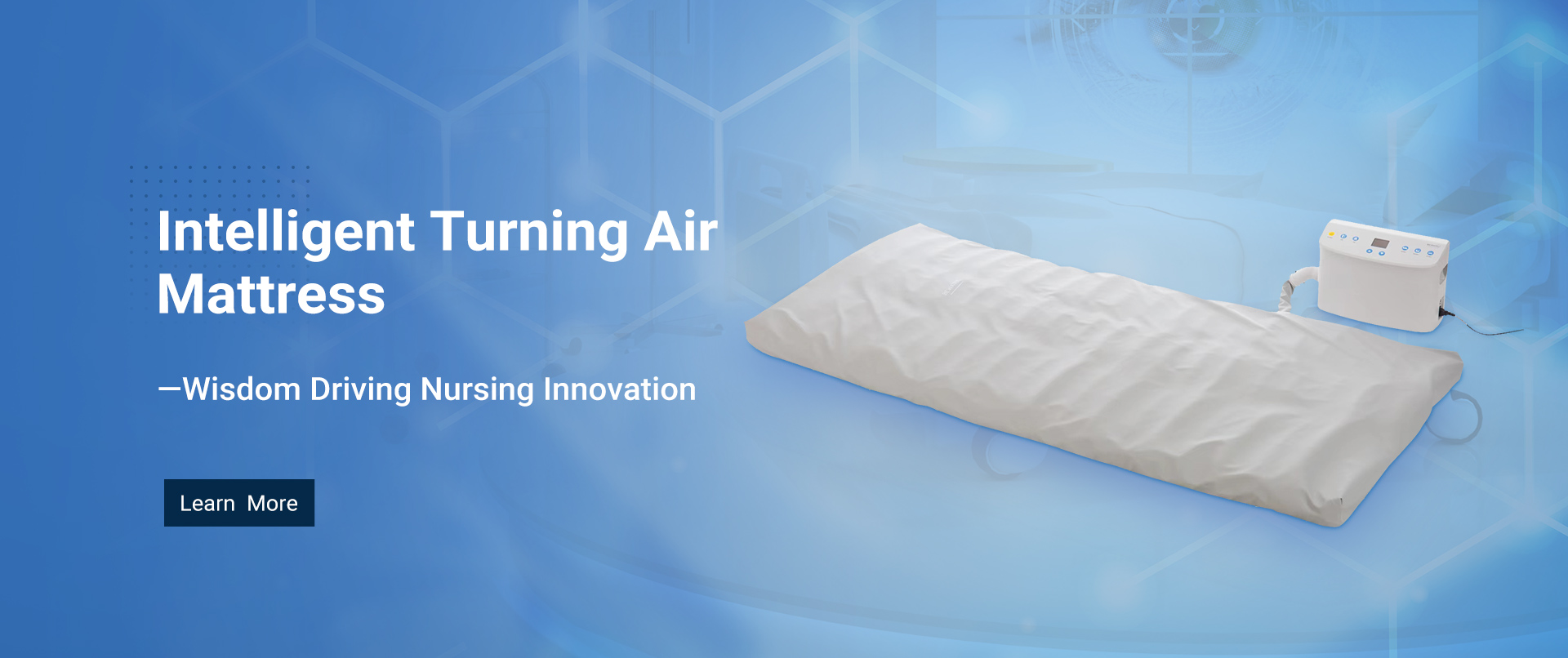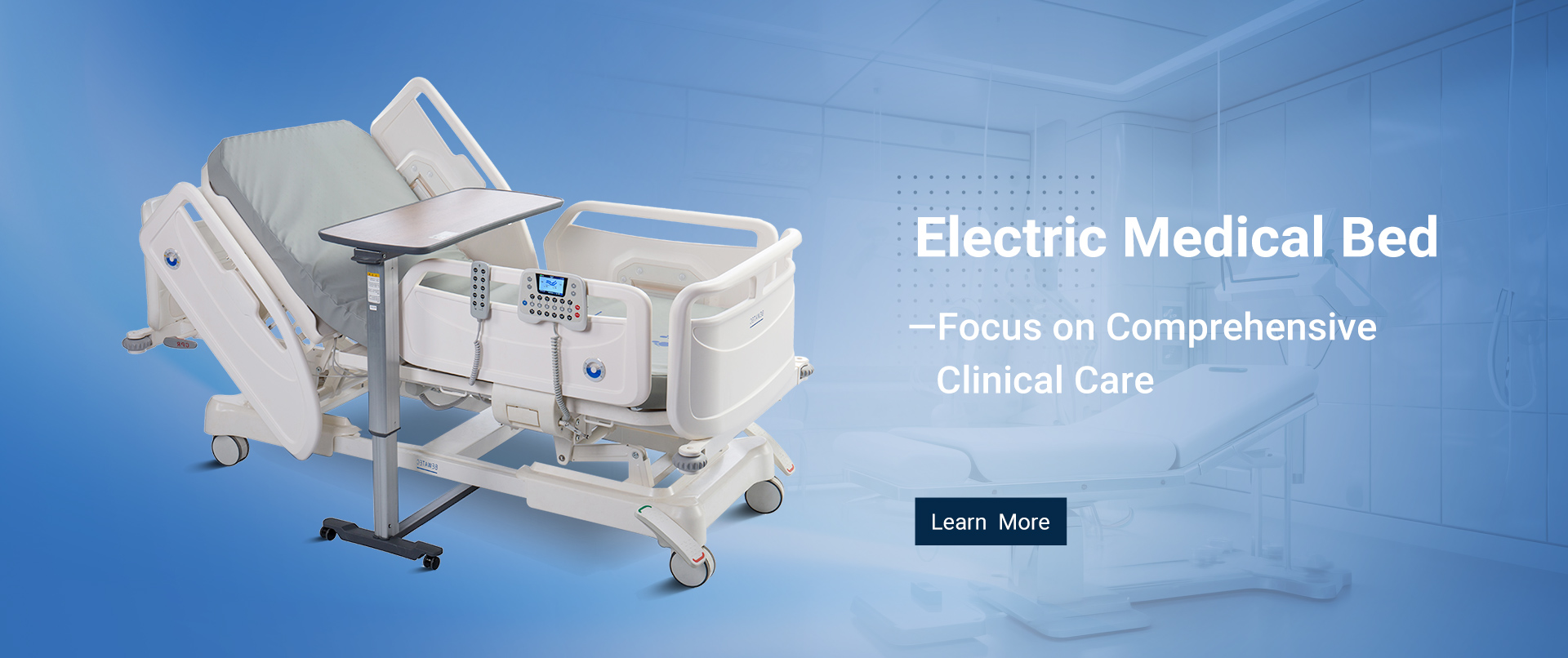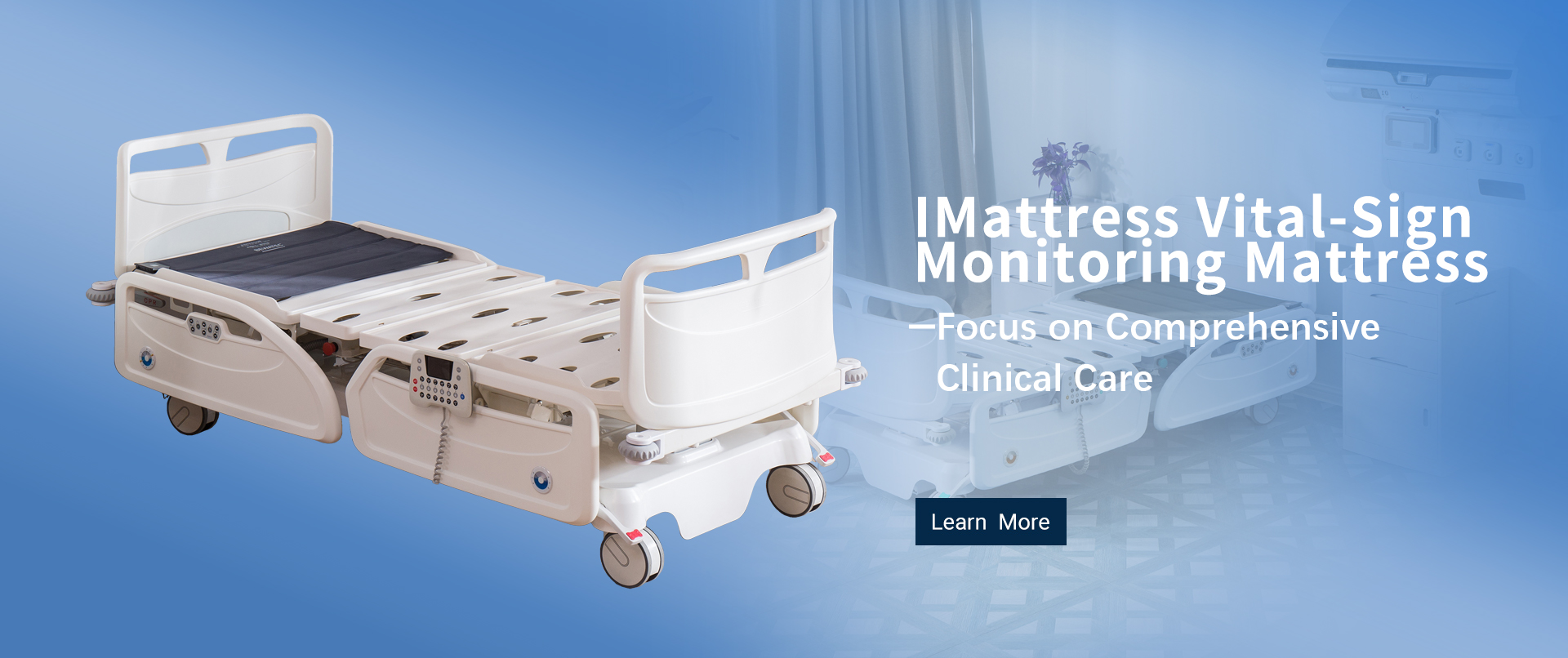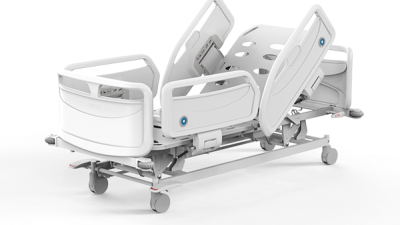
The Ultimate Guide to Hospital Equipment Beds Understanding Features Benefits and Industry Trends
Table of Contents
- Key Features of Hospital Beds: Enhancing Patient Comfort and Safety
- The Role of Advanced Technology in Improving Patient Care with Hospital Beds
- Comparative Analysis: Manual vs. Electric Hospital Beds and Their Benefits
- Industry Trends: Innovations Shaping the Future of Hospital Bed Design
- Benefits of Specialized Hospital Beds for Different Patient Needs and Conditions
- Exploring the Features and Benefits of Three-Function Electric Beds: A Comprehensive Guide
- FAQS
- Conclusion
- Related Posts
When we talk about hospital beds, they’re honestly one of the most essential parts of modern healthcare. They provide crucial support not just for patients, but also for the caregivers working tirelessly behind the scenes. As the healthcare industry keeps evolving around the world, experts estimate that the market for hospital beds could hit around USD 4.34 billion by 2026. That’s pretty impressive growth, especially considering it’s been growing at a compound annual rate of about 4.18% since 2021. It just goes to show how much higher the demand is for more advanced medical equipment. Companies like Bewatec (Zhejiang) Medical Device Co., Ltd. are really paying attention to this trend. They’re pushing forward with digital transformation in healthcare, focusing on smarter, more connected medical solutions. Their goal? To make patient care not only safer and more comfortable but also more personalized. In this guide, we’ll dig into what makes hospital beds so important — from their standout features and benefits to the latest industry trends. Ultimately, these beds are playing a huge role in improving patient care and making hospital operations run smoother than ever.
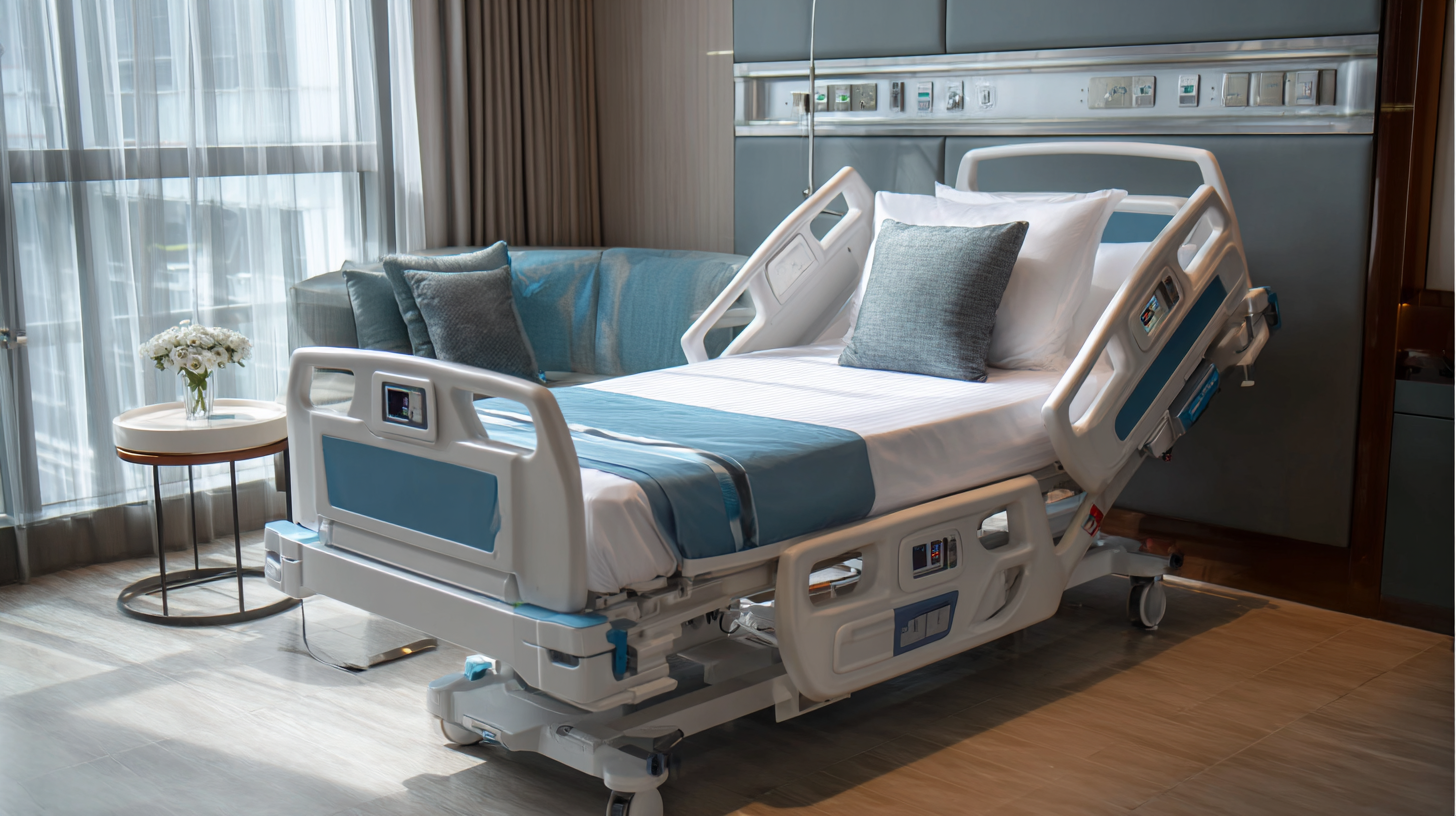
Key Features of Hospital Beds: Enhancing Patient Comfort and Safety
You know, in today’s healthcare world, hospital beds have come a long way. They're now designed with patient comfort and safety in mind, and that’s pretty cool. Modern beds can be adjusted in height, moved around easily, and come with built-in safety features to prevent falls or injuries. These upgrades aren’t just good for patients—they also make life easier for healthcare workers. For example, some hospitals are starting to use smart tech like IoT-enabled mattresses that can monitor a patient’s position in real-time and even make adjustments to keep them comfortable and safe. Honestly, it’s pretty impressive stuff.
On top of that, the market for hospital furniture is expected to grow a lot in the next few years. A big part of that is because more investments are flowing into healthcare infrastructure, plus the fact that the elderly population is on the rise. All of this points to a bigger trend—hospitals are working hard to improve patient environments, making sure folks feel safe and cared for. We’re also seeing more upgraded rooms and secure environments popping up, which really makes a difference in the patient experience. All these advanced beds with extra safety features not only help keep patients safe but also match the increasing demand for better healthcare, especially as society ages.
Overall, it’s pretty exciting to see how these innovations are improving the way hospitals care for us—more comfort, more safety, and a real focus on patient well-being.
The Role of Advanced Technology in Improving Patient Care with Hospital Beds
Lately, tech in hospitals has really changed the game when it comes to beds, making patient care much more comfortable and efficient. For example, lots of new beds now come with built-in monitoring systems, so doctors and nurses can keep an eye on vital signs remotely. It’s pretty cool because they get real-time updates, which helps everyone communicate better and jump in quickly if something’s not right. Plus, these smart beds can automatically shift positions to help prevent pressure sores and even make breathing easier—definitely a big plus for folks resting in them.
And there's more! Some hospital beds now come with telemedicine features, which basically means you can have virtual consultations right from the bed. That’s a huge help, especially in critical care, where every second really does matter. Doctors can check in, assess, and even treat patients without always needing to be physically present. As technology keeps advancing, I think we’ll see hospital beds playing an even bigger role in ensuring top-notch, efficient healthcare for everyone.
The Impact of Advanced Technology on Hospital Bed Features
Comparative Analysis: Manual vs. Electric Hospital Beds and Their Benefits
When it comes to hospital equipment, deciding between manual and electric beds really can make a big difference—not just for patient care, but also for how smoothly staff can do their jobs. I recently read that, according to Grand View Research, the market for electric hospital beds is expected to hit about $2.83 billion by 2025. That’s mostly because there's a growing push for more advanced healthcare options and, honestly, a bigger focus on patient comfort. Electric beds come with cool features like adjustable height and positions, which not only help patients move around more easily but also take some of the physical load off healthcare workers.
That said, manual beds aren’t totally out of the picture—especially in places where budgets are tight. They’re simple, don’t require a lot of upfront money, and work well in smaller clinics or long-term care homes. But, industry folks often point out that in the long run, electric beds pay off—they boost patient satisfaction and make hospital workflows more efficient, which can make that higher initial cost worth it. Plus, companies like Bewatec (Zhejiang) Medical Device Co., Ltd. are pushing the envelope with smart tech. Adding IoT features to electric beds can really improve patient care, making everything safer and more tailored to individual needs across different healthcare settings.
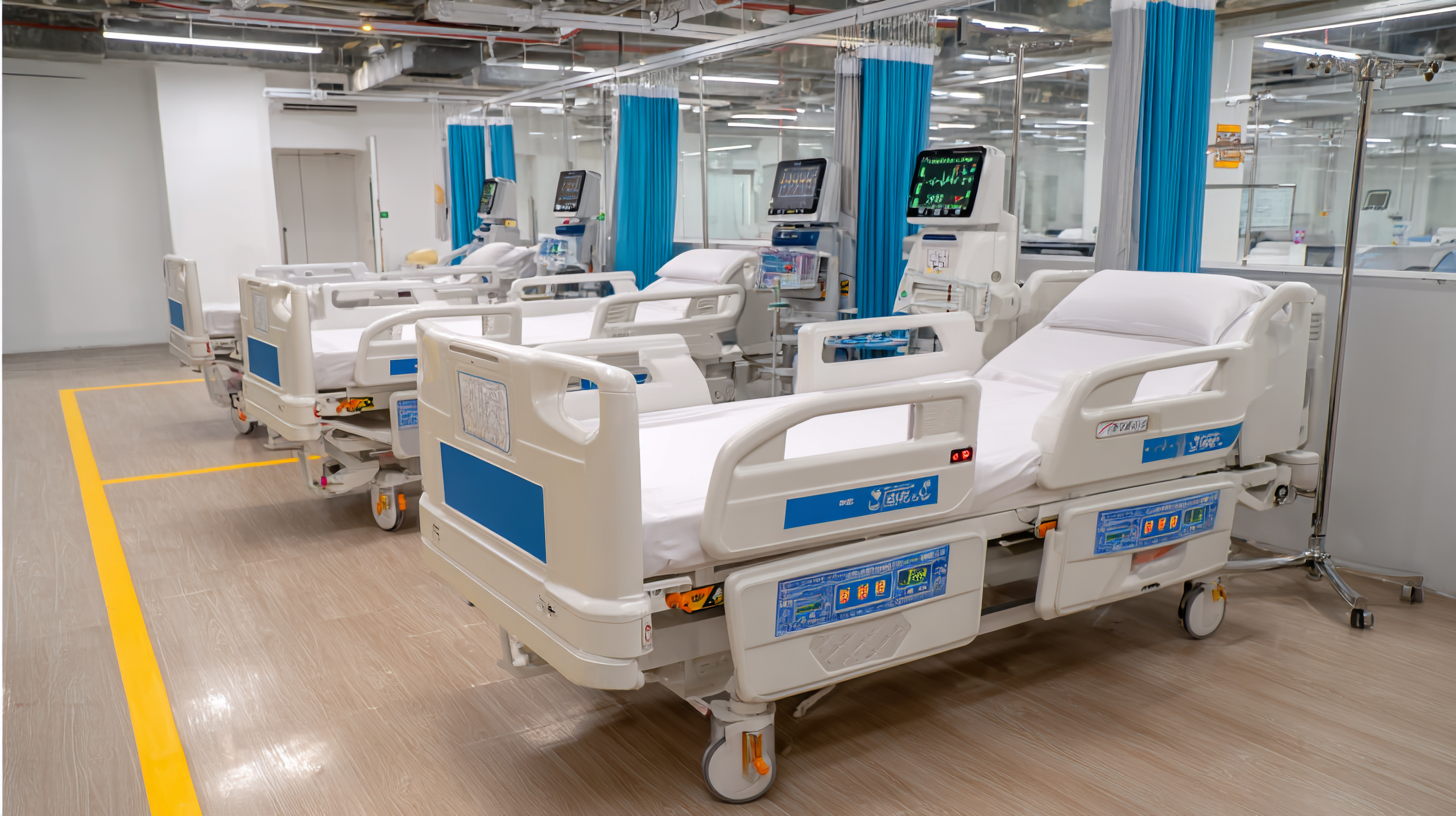
Industry Trends: Innovations Shaping the Future of Hospital Bed Design
You know, the hospital bed industry is really on the verge of a major shake-up. Thanks to some pretty exciting new tech and clever design tweaks, these beds are not just about patient comfort anymore — they’re also about making healthcare run smoother and more efficiently. And get this: experts say the market could jump from around $3.9 billion in 2025 to a whopping $57.6 billion by 2033. That’s a huge leap, and you can see it in all the fancy features modern hospital beds are now packing—things like electric adjustments, built-in monitoring systems, and settings that can be personalized. All of this really helps patients recover better and just makes the whole experience less stressful.
Plus, it looks like the trend is moving towards smarter tech being embedded right into those beds. We’re talking about IoT connectivity, which basically means beds that can send real-time data, helping doctors and nurses make quick, informed decisions. Not only does that mean better care, but it also makes hospital operations run more smoothly, cutting down costs and saving time. As we head closer to 2033, I think it’s safe to say that the goal is to keep designing beds that focus on safety, comfort, and flexibility—really shaping a whole new era in healthcare design that’s more patient-centered and efficient.
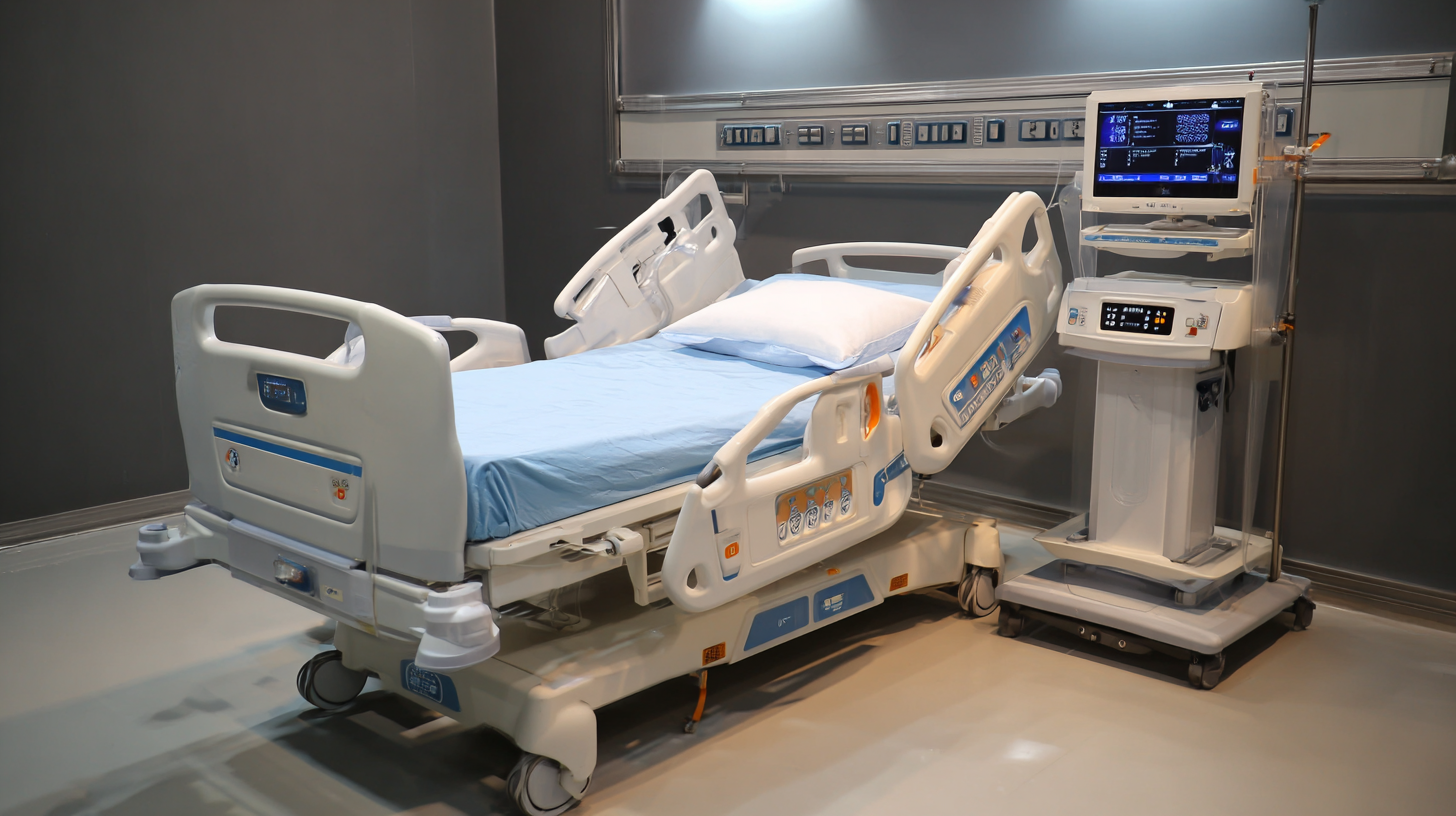
Benefits of Specialized Hospital Beds for Different Patient Needs and Conditions
Specialized hospital beds are pretty essential when it comes to improving care for folks with different medical needs. These beds are thoughtfully designed to give extra support for patients dealing with mobility troubles, breathing issues, or those needing a bit of help post-surgery.
Features like adjustable height, various positioning options, and surfaces that relieve pressure can really make a difference in how comfortable patients feel and how well they recover. For example, beds that let you raise the head or knees not only help patients breathe a bit easier but also cut down on the chance of pressure sores if someone has to stay in bed for a while.
When you're picking out a specialized hospital bed, it’s worth considering the specific features that match your patient’s unique situation. For folks with limited mobility, look for beds with
sturdy side rails and easy transfer options. It’s also super important to check that the bed has a good locking system so it doesn’t move around accidentally. And don’t forget to pay attention to the weight capacity—making sure it can safely support everyone it’s meant to serve.
Of course, talking to healthcare pros is always a smart move—they can give you tips on the latest models with built-in monitoring or extra therapeutic features. Adjusting the environment to fit different patient needs doesn’t just help with quicker recovery—it also makes the whole experience better for both the patients and the caregivers.
Exploring the Features and Benefits of Three-Function Electric Beds: A Comprehensive Guide
In recent years, three-function electric beds have gained significant attention in the healthcare and home care industries, largely due to their versatility and ability to enhance patient comfort. One prominent model features a whole bed size of 2190×1020×(470~800)mm, with an adjustable height ranging from 470 to 800mm. This adjustment capability allows caregivers to customize the bed height based on individual needs, facilitating easier access to patients, which is particularly beneficial for elderly or immobile individuals.
The standard mattress size for these beds measures 1950 x 850mm, optimizing support and comfort for users. According to a recent report by the Global Market Insights, the demand for electric adjustable beds is projected to grow rapidly, with an estimated annual growth rate of over 20% from 2023 to 2030. This surge is driven by the increasing awareness of ergonomic benefits and the integration of advanced features such as remote control operation and memory settings, allowing users to personalize their sleeping and resting positions.
These electric beds not only improve comfort but also play a vital role in patient recovery. A study published in the Journal of Clinical Nursing highlights that the ability to adjust the bed's position can significantly reduce the incidence of pressure ulcers and promote better circulation. Therefore, investing in a three-function electric bed is not merely a choice for comfort; it is a crucial step towards enhancing overall health and well-being in clinical and home care settings.
FAQS
: Advanced technology has transformed hospital beds by integrating features that enhance patient care and comfort, such as integrated monitoring systems that allow remote monitoring of patients' vitals.
Integrated monitoring systems streamline communication between healthcare providers and enable prompt interventions by collecting real-time data on patient health.
Smart hospital beds can automatically adjust positions based on patient needs, which helps in reducing the risk of pressure sores and improving respiration.
Telemedicine capabilities in hospital beds allow for virtual consultations, enabling physicians to assess and treat patients remotely, which is particularly critical in urgent care situations.
When selecting a specialized hospital bed, consider features like adjustable height, positioning capabilities, pressure-relieving surfaces, side rails, transfer assistance capabilities, and the bed’s weight capacity.
Specialized beds with head and knee elevation options improve airflow for patients with respiratory problems, facilitating better breathing and reducing the risk of pressure ulcers.
Healthcare professionals can provide tailored recommendations based on individual patient needs, including insights on advanced models with integrated monitoring systems or enhanced therapeutic features.
The primary objective is to deliver high-quality, efficient healthcare while enhancing patient comfort and overall recovery by adapting the hospital environment to various patient conditions.
By providing specialized features that cater to patients' needs, hospital beds can simplify caregiving tasks, ultimately enhancing the experience for both patients and caregivers.
Adjusting hospital beds for long-term bedridden patients helps prevent pressure ulcers and supports overall wellness, enhancing their recovery experience.
Conclusion
Hey, have you checked out the "Ultimate Guide to Hospital Equipment Beds"? It's really a deep dive into all the key features and latest advancements in hospital beds that actually make a real difference for patient comfort and safety. The guide does a pretty good job explaining how cool tech—like electric controls and specially designed beds—helps meet the needs of different patients. And it's not just a tech talk; it also compares manual beds to electric ones, so you can see their pros and cons in various hospital settings.
As the healthcare industry keeps evolving, the guide points out how these specialized beds do more than just improve care—they also fit right into the digital shift happening in healthcare today. Companies like Bewatec (Zhejiang) Medical Device Co., Ltd. are leading the way with smart solutions that focus on personalized, digital patient care journeys. Overall, this overview really highlights just how important hospital beds are in shaping the future of patient care and how hospitals operate. It’s pretty fascinating stuff, honestly!
Related Posts
-

Future Innovations in Best Hospital Equipment Bed for 2025 and Beyond
-

How to Choose the Best Medical Bed Manufacturer for Your Healthcare Facility
-

Finding Top Quality Medical Bed Suppliers A Comprehensive Checklist for Success
-

2025 Trends in Healthcare: How to Choose the Best Hospital Equipment Bed for Your Facility
-
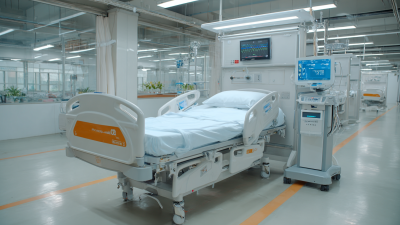
Precision Craftsmanship in Medical Bed Manufacturing: How China's Innovations Serve Global Health Needs
-
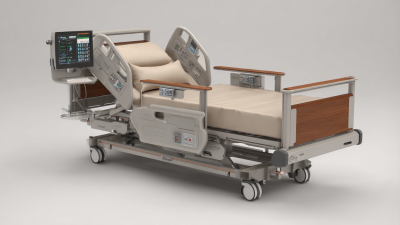
Mastering the Use of Automatic Medical Beds: A Comprehensive Guide to Enhanced Patient Care


